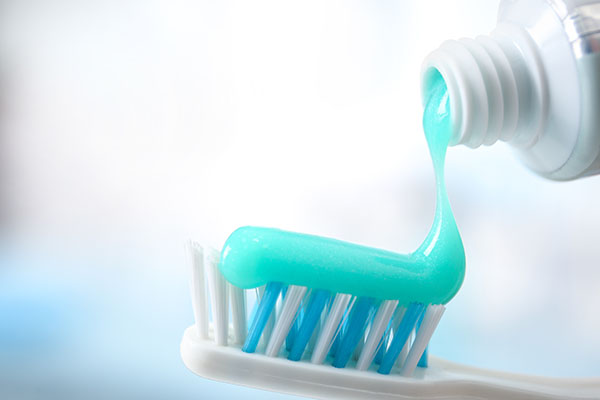


 Patients do not have to accept bleeding gums as part of routine oral health maintenance as this condition can lead to more advanced forms of gum disease. It can easily be treated with specialized products in the early stages. These patients should visit a dentist as soon as possible after noticing gum inflammation or bleeding that does not have a noticeable cause and educate themselves on the use of one of the products below to help treat this common condition.
Patients do not have to accept bleeding gums as part of routine oral health maintenance as this condition can lead to more advanced forms of gum disease. It can easily be treated with specialized products in the early stages. These patients should visit a dentist as soon as possible after noticing gum inflammation or bleeding that does not have a noticeable cause and educate themselves on the use of one of the products below to help treat this common condition.
What does it mean if a patient has bleeding gums?
Bleeding gums are typically caused by an overgrowth of plaque, and the bacteria causing it, on the patient’s teeth. The mild form of gum disease is called gingivitis, and at this early stage, it can be successfully helped with noninvasive treatments. Patients should visit a dentist and resume a healthy oral routine that includes brushing and flossing twice a day.
Though bleeding gums are not necessarily a sign of disease, it is a good idea to get a dentist’s opinion before trying to treat the condition independently. Having a dentist examine the gums and monitor the patient's progress can aid in returning the gums to full health.
What products are available to treat bleeding gums?
Patients typically get a recommendation from the dentist for early gingivitis. Toothpaste and rinses in both over-the-counter and prescription-strength forms are often the first-line treatment for mild forms of this condition.
Toothpaste
Products that help repair enamel and clean teeth deeply are good choices for patients with gum disease caused by plaque overgrowth. Picking a toothpaste with stannous fluoride as the active ingredient — as opposed to the more common sodium fluoride — is important, as this mineral prevents cavities and breaks up plaque that causes inflammation and bleeding. Sodium hexametaphosphate, as another tartar remover, is another good ingredient for fighting the root cause of bleeding gums.
The shape and quality of the toothbrush are important, too. For example, if the toothbrush is unable to reach the teeth in the back of the patient’s small mouth due to the size of its head, it is not the right brush for that patient as the back teeth will be more prone to cavities and disease as a result of not having been thoroughly cleaned with each brushing. Patients may try using an electric toothbrush to more thoroughly clean their teeth of gingivitis-causing plaque.
Rinses
Rinses can serve as an alternative or an add-on treatment for patients who have a mild case of gum disease. Try to stay away from rinses that contain alcohol because it can change the microbiome of the mouth. Select a cetylpyridinium chloride-based rinse that does not contain added flavors, artificial colors, or synthetic dyes.
Conclusion
Patients who notice bleeding gums and mild inflammation should not panic, but it is important to take care of this problem before it becomes more severe gingivitis or periodontitis, which can cause loose teeth, jaw bone loss, and other devastating health effects. Contact a dentist today to discuss any gum problems, and remember to maintain a healthy routine at home in the meantime.
Request an appointment or call New York Dental Office at 212-548-3261 for an appointment in our New York office.
Recent Posts
Most people have experienced seeing red on the bristles of their toothbrush, or a pink tint in the sink when they expectorate after brushing. It is normal to feel a bit of concern when noticing blood in the mouth because bleeding gums are a symptom commonly associated with gum disease. However, while chronic bleeding gums…
Bleeding gums are a symptom of poor gum health. Since you may not experience pain or discomfort, you may not think it is serious. In many, bleeding gums indicate gum disease. If left untreated, gum disease can lead to serious health complications.Gum disease develops when plaque and tartar buildup along the gumline causes inflammation. Over…
Flossing can seem like a chore, but the link between flossing and bleeding gums is clear. Sometimes, when you floss, you might occasionally find it causes your gums to bleed. That does not mean that flossing is bad for you — but you may not be doing it properly. Frequent flossing is the solution to…


